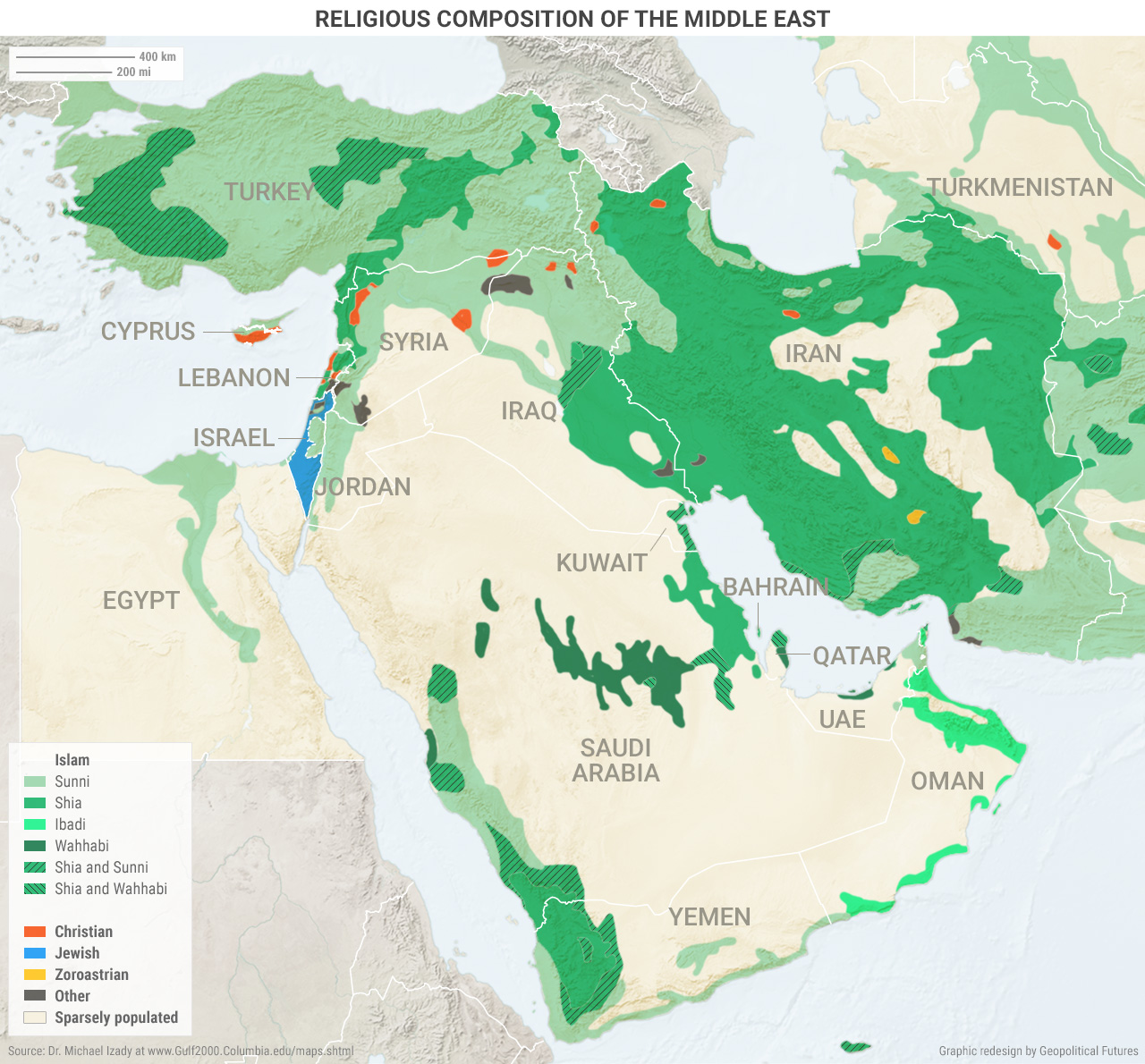By George Friedman
Last week’s American attack on a Syrian air base raises three important questions. First, what is the U.S. strategy in the Middle East? Second, what is the U.S. strategy toward Russia? Finally, what is the Russian strategy in general? The three strategies intersect, but at this moment none of them are apparent. Therefore, it is useful to try to understand each of them individually and then consider how they all fit together.
Let me begin with an obvious political point. Candidates for president say one thing during their campaigns and then behave differently when elected. We have seen this play out many times. Thomas Jefferson entered into a deal to buy the Louisiana Territory before getting congressional authorization, thereby supporting the dictator Napoleon, and Franklin D. Roosevelt promised to stay out of war during the 1940 election while secretly making plans to enter the war. U.S. presidents have a long tradition of not keeping their election pledges. Part of it is cynicism, part of it is that the reality of being president compels shifts in behavior. Only those wanting to be shocked will be shocked that President Donald Trump’s actions differ from his campaign promises.

Syrian residents of Khan Sheikhun hold placards and pictures on April 7, 2017 during a protest condemning a suspected chemical weapons attack on their town earlier this week that killed at least 86 people, among them 30 children, and left hundreds suffering symptoms including convulsions, vomiting or foaming at the mouth. OMAR HAJ KADOUR/AFP/Getty Images
Trump’s policy in the Middle East appears to be a continuation of prior administrations’ policies, which involved equal hostility to radical Sunni and Shiite forces. The administration is committed to the destruction of the Sunni Islamic State. It is also hostile to Shiite Iran and Syrian President Bashar al-Assad’s regime, built on an Alawite base and linked to Shiite Islam. The theological distinctions are less important here than the fact that rather than taking advantage of the inherent hostility between these factions, the Trump administration appears to be planning engagement with all factions. In Syria, this includes both IS and the Assad regime.
The United States entered Iraq with the belief that the Shiites would welcome the U.S. The United States focused then on the Iraqi army, run by Saddam Hussein’s Sunni regime. The logic of this would have been to allow the Iraqi Shiite majority to form a government. The problem was that Iraqi Shiites were heavily influenced by and favorable to the Iranians. Therefore, while the Shiites were inclined to support the United States because they expected to govern, the U.S. blocked the creation of a Shiite regime to limit Iranian influence in Iraq.
As a result, the United States got caught in a cross fire. Two groups that were hostile to each other both saw the United States as their enemy. The United States never managed to get control over Iraq. It entered with insufficient force to pacify both Iraqi communities. During the surge, it formed alliances with Sunnis based on financial arrangements. But with IS’ emergence, we can see it was a temporary solution that never evolved into a permanent one.
Former President Barack Obama’s administration followed this general policy, and now it appears that Trump will adopt it as well, particularly in Syria. The policy going back to 2003 has been to maintain hostile relations with all major Muslim forces, to maintain a presence sufficient to achieve more limited operations, and to fantasize about the rise of a secular, democratic faction. Such a faction may arise, but given the overwhelming power of other groups, it will need support. Simply being imposed by the Americans as a puppet regime will not give it legitimacy.
What is driving Trump to this policy is tactical reality. The Obama administration followed a policy of dealing with limited realities – such as IS’ occupation of Mosul – with exceeding caution. The destruction of IS as a force was a distant goal. Coping with post-IS Sunni movements was beyond American control. But refusing to deal with IS was impossible, so the U.S. focused on immediate concerns and ignored long-term issues. The tactical situation frequently takes over from strategy, especially when a strategic solution is unimaginable. This explains the U.S.’ actions last week. Trump decided to launch an attack in Syria, and Secretary of State Rex Tillerson declared that Assad’s days are numbered, without explaining why.
The U.S. has followed this course not because George W. Bush, Obama or Trump were stupid or because they believed they could achieve what they promised with existing forces. They chose this path because they were helpless to devise a solution to the problem and could not disengage for strategic and political reasons. Therefore, they focused on finding partial solutions to tactical situations. Destroying the Sunni insurgency, regardless of the name of the organization leading it, would be impossible. Leaving the region and allowing the construction of a caliphate would be dangerous. Allying with one of the major Islamic groups would create deep political problems in the United States. Therefore, what is left is tactical initiatives coupled with declared intents that cannot be achieved. But as the U.S. learned in Vietnam, once the United States gets into a conflict, it can’t get out. Trump is following in this U.S. tradition.
Given the Russian presence in Syria, and some involvement elsewhere, this intersects American policy toward Russia. Trump’s view during the campaign was that U.S.-Russia settlements on outstanding issues and a joint campaign against IS were possible. That was not as absurd an idea as Trump’s critics argued. If you are unable to ally with Muslim factions and they are all hostile to you, recruiting a non-Muslim power is a viable strategy.
However, the Russian policy in the region is not to defeat IS at the moment but to create sufficient challenges for the United States that would force the U.S. to ask for Russian help. Here, the Russians are using the old Soviet model, which worked quite well, until it didn’t. That policy sought to trap the U.S. in sub-critical problems not fundamental to American core interests, allow U.S. power to dissipate, and then take advantage of American regional or global weakness to create an atmosphere of growing Soviet power. Russian President Vladimir Putin is now following this strategy, but in the long run, the atmosphere is an illusion. The United States remained powerful after Vietnam, for example, and the basic global balance did not change. The Russians don’t think the global balance will shift now, but they will settle for the appearance of a change.
The Russians, like the Americans, are engaged in tactics without a strategy. The Russian intervention in Syria was a tactical operation without any clear strategic end. Today, as in the Cold War, observers have imputed a strategy to the Russians, like taking control of North Africa’s oil, just as they imagined the Russians taking control of the Persian Gulf in the 1970s and ’80s. The Russians never had that intention because it was beyond their capabilities. They engaged in tactical actions to create the appearance of a strategy.
The United States lacks sufficient force to placate the Middle East, and the political foundation for abandoning the attempt. So the U.S. has played a tactical game, achieving some gains but never trying to solve the problem, which would require allying with Sunnis or Shiites and not fighting them both simultaneously. There is no political basis for doing that. The Russians’ strategic goal is to become the Americans’ equal, which is impossible given Russia’s economy and the state of its military. Therefore, it engages in tactical activities designed to create the illusion that there is a strategy behind it.
Some believe that IS, not the Assad regime, used chemical weapons. It is slightly possible, but very slightly. IS and other groups in Syria have never used chemical weapons, have shown no capability of creating them, and lack the technical ability to disperse sarin gas. The Syrian regime has used chemical weapons before. Moreover, it had every reason to use them, as a weapon of intimidation for a restive country coming under its control. In addition, the Russians may well have known of it, and at least didn’t object, since it played into their own tactics.
The most important point here is that Trump is now following the basic American strategy that has been in place since 9/11. His administration’s relations with the Russians are essentially the same as they have been since the Russian war with Georgia in 2008. Trump genuinely wanted something different, as did Obama. But neither achieved it. The only change from Bush is that Trump and Obama used far fewer troops in failing to construct a coherent strategy.
The U.S. cannot develop a coherent strategy because the entire U.S. armed force would be insufficient to impose American will on the Muslim world, which is filled with competing factions and political and religious passions, and is willing to take casualties. On the other hand, withdrawing would allow a Sunni caliphate to emerge and confront a Shiite state. Such a confrontation might not be the worst thing for the United States. But if one side were to win, it would create in coming decades an even greater challenge. Therefore, tactical moves designed to undermine on a local level is the best the United States can do.
The idea of “America first” is seductive. The idea of destroying IS, and with it the jihadist movement, is seductive. The idea of alliances with other powers willing to fight – at this point, Russia – is seductive. But presidents rapidly discover that being seduced is a way of being destroyed, and they do what they can. They declare a bold intent based on a very limited force, and kick the can down the road.









 Special Collection – The Middle East
Special Collection – The Middle East